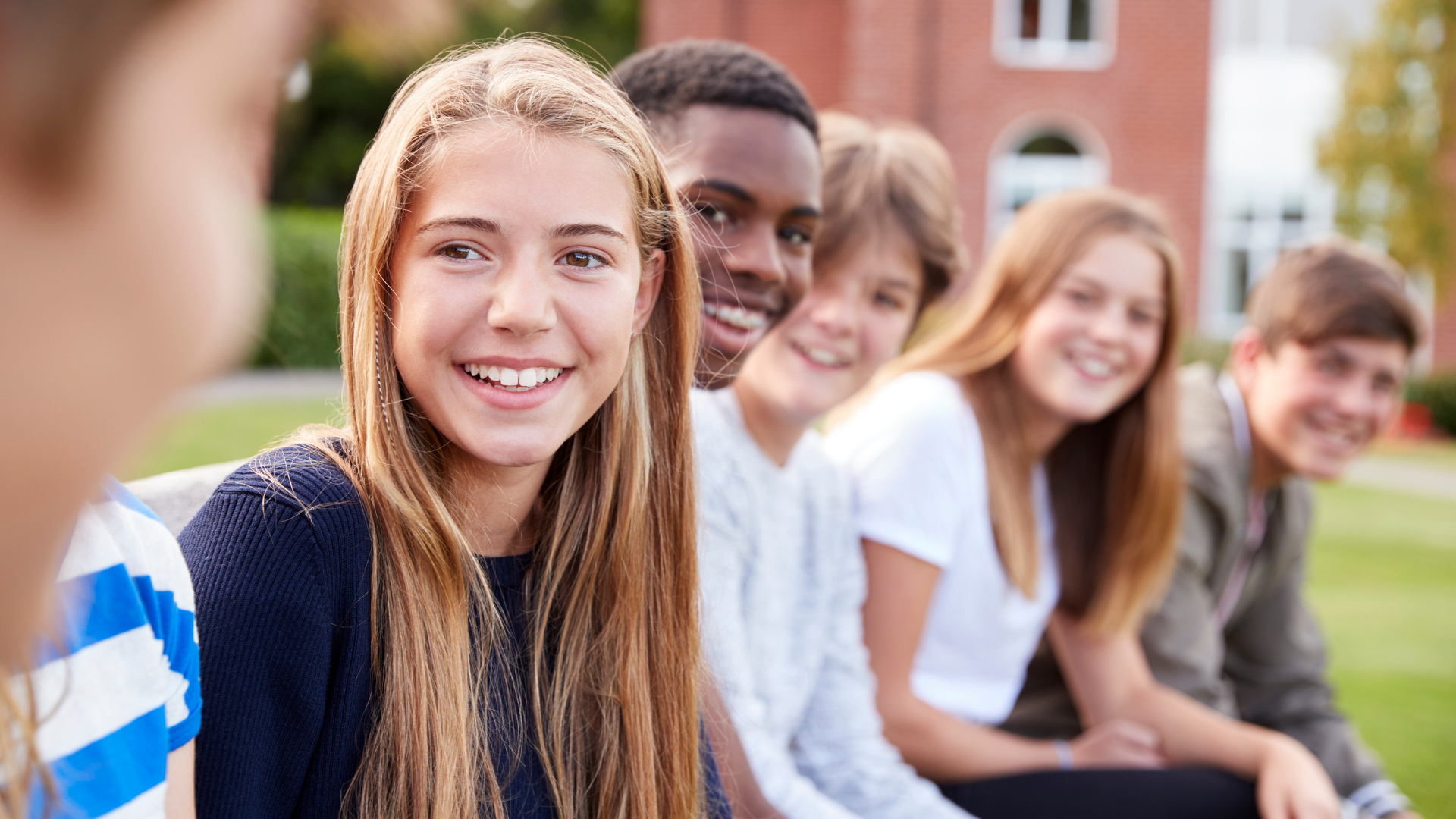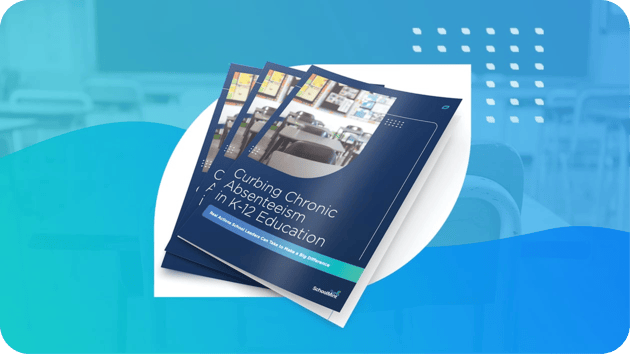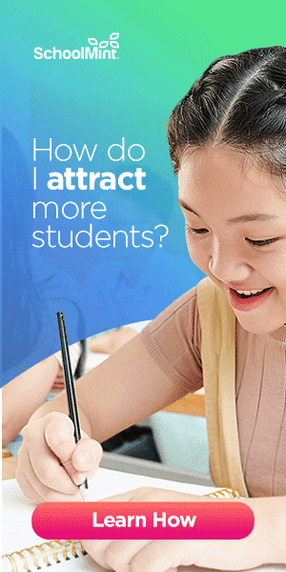10 Things You Can Do to Improve Student Performance
Here are 10 things you can do to improve student performance and increase student achievement.
How are you improving your school’s climate, meeting the needs of all students, and boosting academic achievement?
To improve student performance and increase student achievement in your school, you need a positive school climate and culture. You create positive climates by managing positive classroom behavior, igniting passions, and fostering a sense of belonging among students.
Ready to start making small changes that can add up in big ways? Read on for 10 things you can do to improve student performance, increase student achievement, and boost your student retention!
1. Praise Effort Rather Than Performance
If you’re looking to improve student performance, one of the most important things to understand is the importance of reinforcing effort rather than performance.
Relatedly, since you want students to grow and improve, make sure they understand that failure is an expected part of the learning process.
One change you can make is to eliminate punitive grading practices. Punitive grading practices — those that are based on curves and averaging scores across the learning attempts rather than mastery — devalue effort-based learning and can demotivate students.
If students are working hard and making progress toward mastery, make sure they know it!
Some ways you can encourage students to keep trying (and thus increase their achievement) include:
- Offering opportunities to re-test, but only if the student is proactive and requests it.
- Offering students the chance to redo portions of an assignment or test they struggled with.
- Discussing tests with students afterward and their feelings on it, such as how prepared they felt, how they studied, and which parts they felt most and least confident about.
With a little bit of extra time and effort, you’ll not only improve student performance but their confidence with future assignments.
2. Reinforce Attendance
A key indicator of student performance is whether a student shows up and shows up on time. Student attendance is a major challenge for schools — and the solutions are as varied as the problem.
However, something any school or district leader can do is work to uncover the reasons why their students are missing from or tardy to school.
For example:
- Is the child often late to a specific class? They may be avoiding the teacher, another student, or the subject.
- Is the child late to school overall? They may not have reliable transportation or may not have a safe way to get to school.
Once a school leader knows why a child is routinely tardy or absent, they can offer the appropriate support to that child, whether that support is something that can be offered in school or it’s something that requires help from a community organization or social group.
Poor attendance can also be a warning sign that a student is choosing another education option. Two powerful tools at schools’ disposal are creating a positive learning climate and building positive relationships with staff and other students.
A tardy tracking and behavior management platform like SchoolMint Hero can help create this positive environment and foster meaningful relationships with teachers. Hero also provides data that can help you get to the bottom of negative behavior and uncover trends in student attendance.
3. Encourage Positive Classroom Behavior
Students and families will seek other education options if schools and classrooms have a lack of behavior management or if discipline is administered inequitably.
Implementing positive behavioral interventions and supports (PBIS) provides a science-to-practice approach to shaping positive behavior in the classroom. This begins with:
- Setting clear expectations and enforcing them with consistency
- Acknowledging positive behavior with reinforcement systems
- Providing behavior-specific feedback
In many cases, students need to be taught appropriate behaviors, such as how to deal with conflict. There are SEL and social skill programs available for just that.
This is another instance in which SchoolMint Hero can help. Because the platform is based off the PBIS framework, focusing more on reinforcement and interventions than punitive measures, Hero makes it easy to encourage positive behaviors while redirecting negative ones.
And since the platform enables communication with parents and guardians, families can see how well their child is behaving when away from home.
4. Provide Academic Feedback
Feedback is one of the most important tools to improve student performance. In the learning process, students require frequent, early feedback to maximize mastery. Additionally, academic work should be within a student’s zone of proximal development.
In simple terms, their work should not be too easy or too hard.
And, as stated earlier, students should also receive positive statements about how effort is what’s most important — and that failure is not only normal but it’s also part of the learning process.
5. Offer Multiple Opportunities to Practice
Students require many chances to practice new learnings, and they should not be held unduly accountable for grading in the early stages of learning.
When teachers use averaging methods, students are punished for lower performance in the early learning stages. This causes a sharp drop in motivation.
Practice opportunities should be distributed over time — not given all at once — for improved knowledge retention. Aversive, inequitable, and punitive grading practices can lead to student attrition and, subsequently, declining enrollment.
6. Leverage Mentors for Students
The human relationship factor is one of the most powerful for students. Research has demonstrated the consistent impact of mentoring on student achievement and on reducing dropout rates.
However, know that a mentor is not defined by their position or job description. A mentor is anyone willing to invest time and effort into caring about a student.
For example, mentors can be:
- Faculty
- Advisors
- Custodial staff
- Administrative staff
- Other students
- Alumni
Impactful mentoring results in trusting, supportive relationships. Students and families are far more likely to open up to someone who they feel they can relate to.
Think of it: if you’re a principal who comes from a vastly different demographic than your students, they may not want to open up to you.
However, they may have a lot in common with their English teacher, the school nurse, or a custodian.
The right connection between that mentor and the student can make all the difference in that student’s life and ensure they remain in school through graduation.
7. Connect Students with Others in Academic and Social Settings
Students need personal connections inside and outside the classroom to create an environment that is positive and satisfying. Unfortunately, the students who need these connections most often fail to seek them out. Instead, they withdraw and isolate themselves, which creates a cycle.
Schools can work to reach these students by creating socialization opportunities through an array of curricular programs and extracurriculars.
Think beyond typical extracurricular activities. Not all students will want to join a sport, and it’s unlikely there’s space anyway for all of them. Work with teachers and staff to uncover what your students are interested in.
For example:
- Student government
- Community service and volunteer work
- Academic clubs — math, science, debate, etc. clubs and teams
- Special-interest clubs facilitated by a teacher
- Cultural organizations
- Arts — visual arts, performing arts and drama, music, dance, chorus, etc.
The relationships students form in these activities can help them develop a deeper connection with their peers and teachers while also greatly reducing the likelihood of them departing.
Further, these are relationships they can take well beyond school, and the opportunities offer students a chance to grow leadership and organization skills.
8. Ignite Their Learning Passions
Every student is more motivated to learn if they are learning about something for which they are passionate. As a school leader, you should strive to understand the passions of your students. With that knowledge, you can develop programs and learning opportunities aligned with those passions.
As part of the process, it is vitally important to put students at the center of their own learning. You can provide them opportunities for autonomy in choosing their learning pathways and how to demonstrate mastery.
For example, say you have a student, Sarah, who is seemingly unmotivated in learning. Sarah doesn’t like reading from a textbook and rote memorization. Upon speaking one-on-one with Sarah, you (or her mentor) learn she really enjoys environmental science and prefers to learn in a hands-on way.
Sarah starts a passion project whereby she gets to sample water from a local river and analyze its chemistry. With her science teacher, she turns this data into something meaningful. Not only will this be an experience Sarah remembers well into adulthood — it might just reveal this is her path through adulthood.
9. Foster a Sense of Belonging
Similarly to students connecting with others in meaningful ways, students also want to belong. This lies at the heart of human motivation and engagement.
Humans have an innate desire to fit in and be accepted. It is imperative for the institution to create an environment that is welcoming and accepting with particular attention to under-represented student groups.
Retention-oriented schools actively pursue opportunities to promote a sense of belonging with every student encounter. Fostering this sense of belonging can start with simple yet powerful actions, as outlined in this fantastic article from Edutopia.
10. Adapt to the Changing Learning Needs of Students
As noted earlier, families often seek out alternative education options when their current school fails to provide for the learning needs of their students. Schools and districts must research the types of programs and services that will be attractive to current families.
Relatedly, since enrollment decisions are often made because of opportunities to enroll in special programs (such as STEM/STEAM), school leaders must continue to innovate and adapt. Static education environments — those that maintain the status quo — will lose families to highly attractive, innovative schools.
Recent Posts
Share this
You May Also Like
These Related Stories

Heroic Change Agents Use Data to Fight (and Win) the Good Fight

Beyond Bells & Books: Online Guide to Building Positive School Climate & Culture




